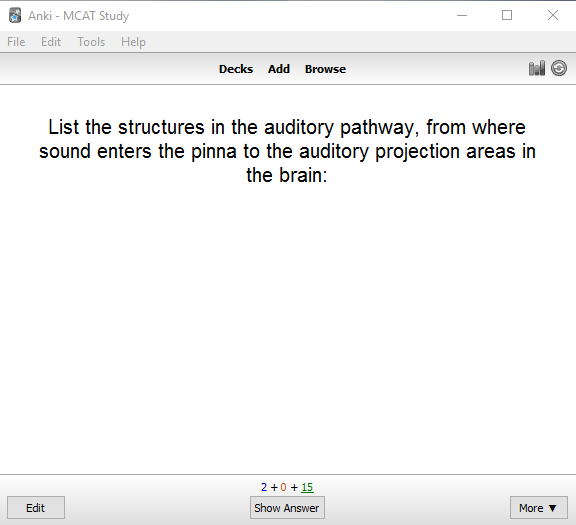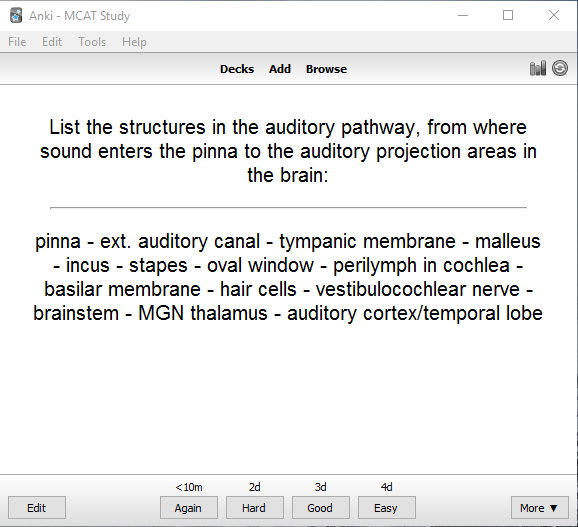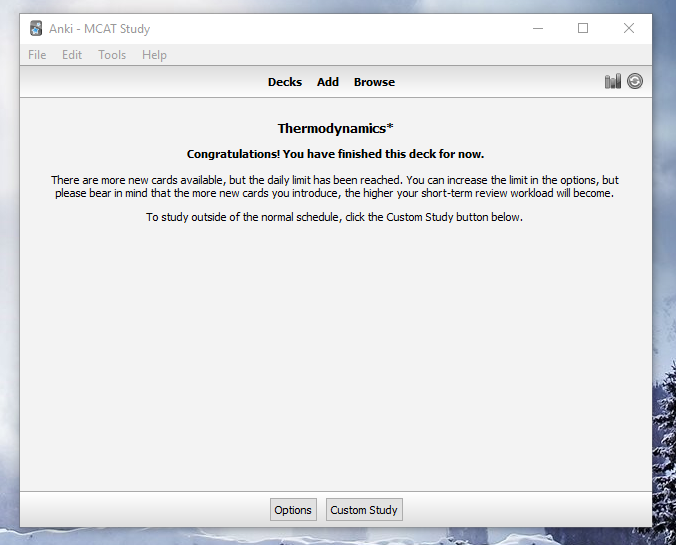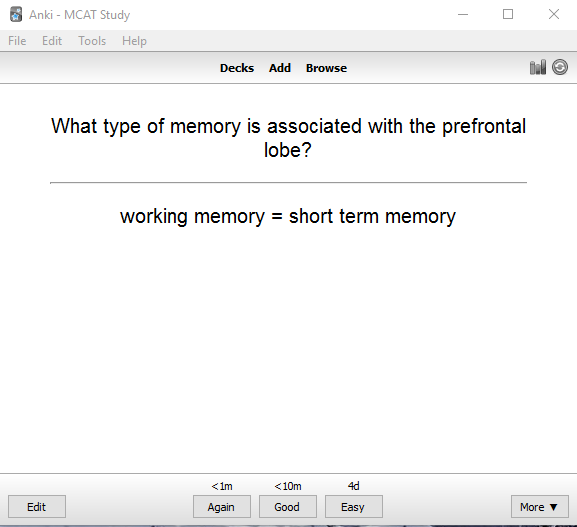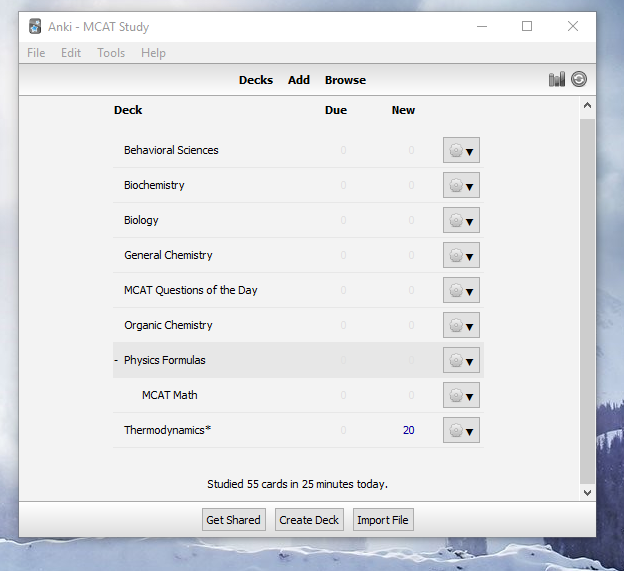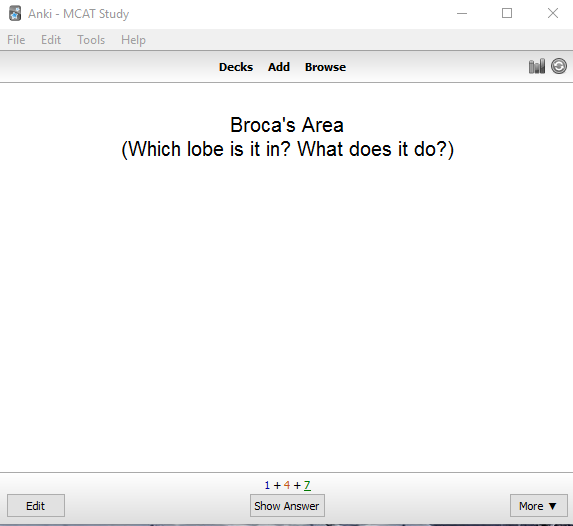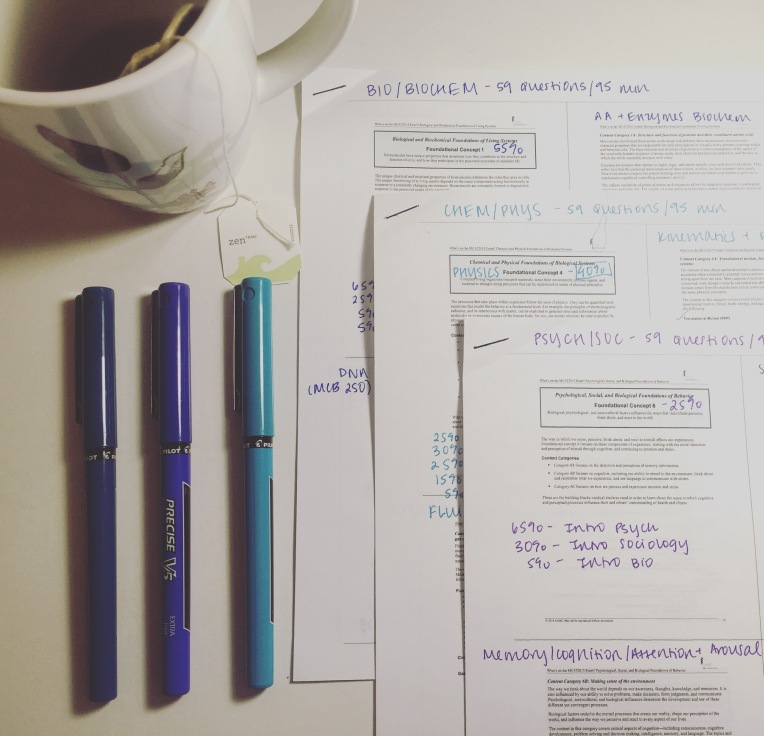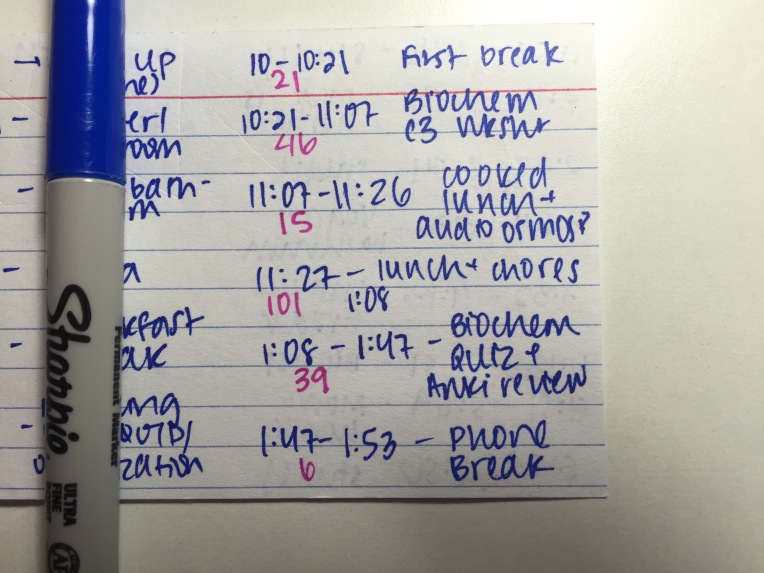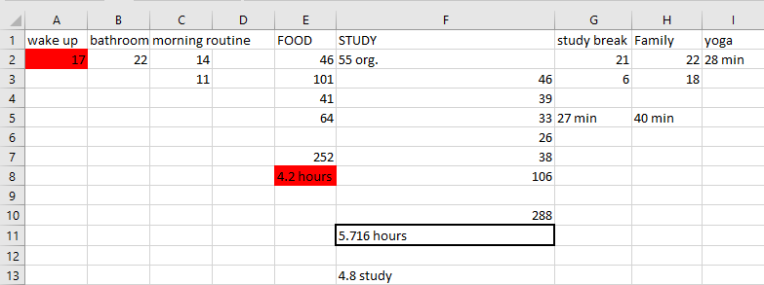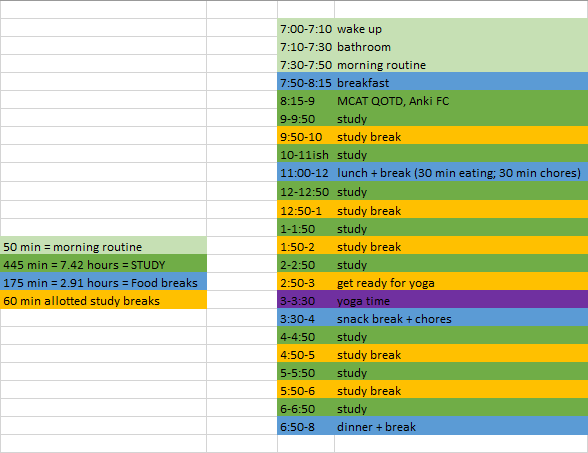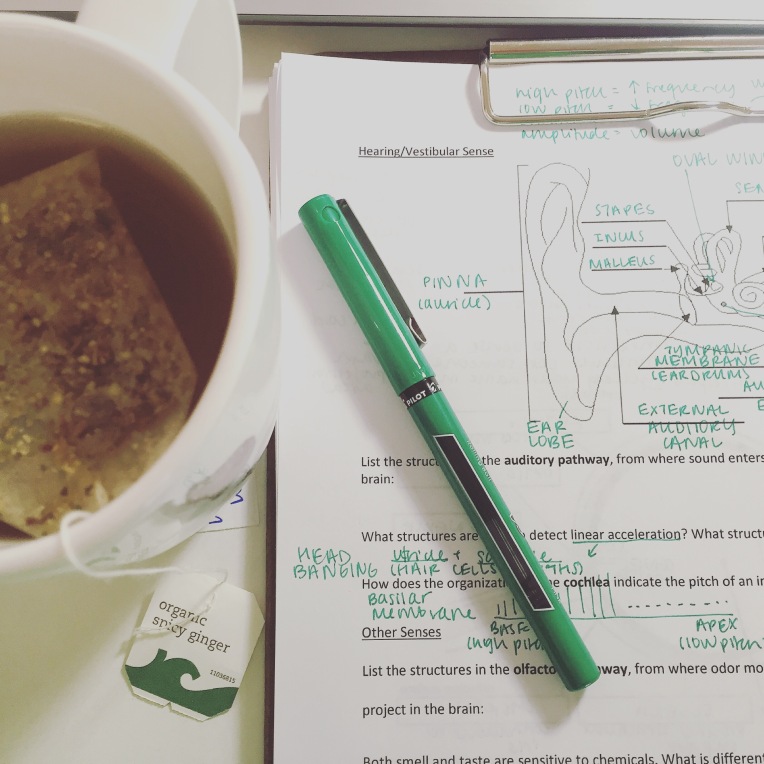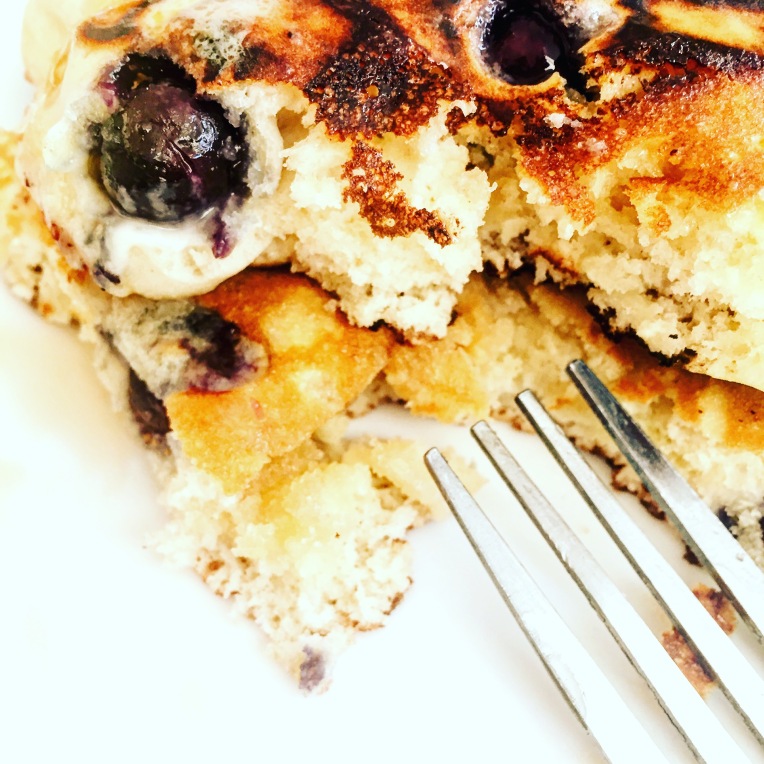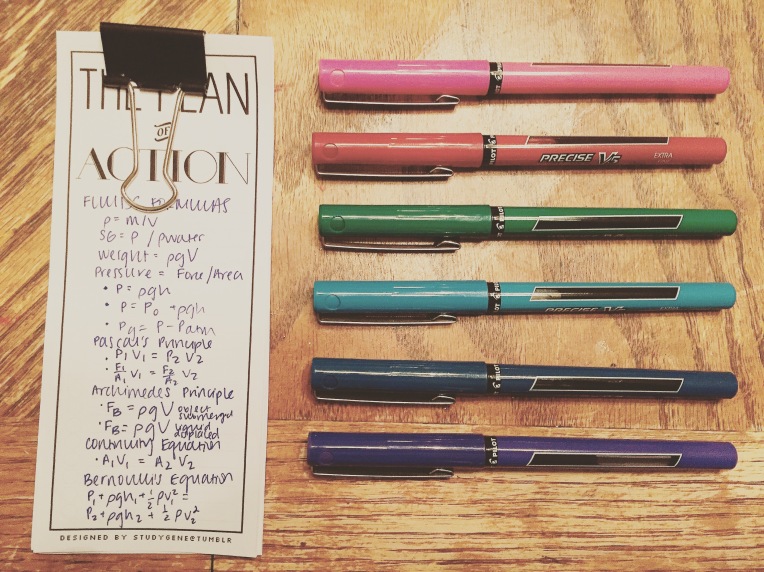
I’ve been unwell these past few days. My heart was beating to its own rhythm, despite many repeated attempts to quell it through meditation and deep breathing. My new yoga challenge, Yoga with Adriene’s Yoga Camp, requires a longer commitment to daily practice (around 40 minutes per day instead of the 15-20 minutes of my previous DoYouYoga.com challenge. My schedule has been thrown off with multiple interruptions, and it’s been really difficult to get back on track. I’ve been spending a longer amount of time on the black hole that is the internet (I’m very active on the Reddit MCAT board, as so many of my fellow students are helping each other out immensely, but I lose a lot of time there). The wifi connectivity in my house is incredibly shoddy, and I’ll often start some work but have to take unexpected pauses because I’ve lost internet connection. I’ve been trying to finish my daily work earlier to catch up with my latest read, Cal Newport’s latest book Deep Work. I’ve had multiple reminders from family and friends about my waitlist status at medical schools. And I’ve just been feeling slow.
I want to curl up in ball and go to sleep forever. I want to be alone for hours and simultaneously be meeting up with people for meals and conversation. I’m drained, but full at the same time.
I’m entering the bad part of my mental cycle.
Over the past couple of months, and especially with the last thirty days’ daily yoga practices, I’ve learned to listen to my body more closely. My body is my master, and my mind is the instrument I use to work with and control it. When the body is calmed in times of meditation, the mind is able to speak to me. I’ve found that the thoughts that enter my consciousness during these periods of silence tend to be the solutions to problems I’ve been considering. I’ve come up with answers to scheduling conflicts, emails with potential employers, lulls in motivation, and all sorts of thoughts that are giving me anxiety (and I know this is true because every time an anxious thought pops up in my mind when I’m trying to study, I write it down on an index card to deal with it later).
This isn’t just my trademarked phenomenon, however, as many of the world’s prominent figures and regular people alike solve problems through quiet introspection. This is actually one of the recurring themes in my current read, Deep Work by Cal Newport. Cal describes having solved complex proofs and other problems during his doctoral study at MIT on foot, as he took regular runs to and from work to free up his thinking time. Tim Ferriss, productivity guru, has talked about how aspects of his daily routine, like meditation and exercise, enable him to work out solutions.
Yet some days, I cannot calm down. No eustress in my future, as my mind just sends alarm signals that amps me up for some nonexistent stressor. The world gets to me, and I cannot calm down. My brain is taking in too many signals, from a lot of things I could cut out for a while like the internet and my phone constantly going off.
My mood starts slipping, and I lose my sense of gratitude. It starts with me not wanting to engage in my nightly routine, with tasks like brushing my teeth seeming to lose complete meaning. Then, I start to snap at the people I interact with, to the point where I am unable to even explain my thought process to them and just start sighing and grumbling. Then, my daily work seems unbearable – watching concept review videos, or sitting in a lecture, or even just writing down a to-do list. I wrote more about this feeling in Off-Days and Fog. I’m over the work. I don’t want to do it anymore.
Finally, the culmination of this spin cycle is the sleepless night.
Yes. I spend one night completely awake in my bed with my thoughts running for the hills and no way for me to stop it. I toss and turn and try to find some solace. Even though my eyes are closed, it’s like there is a light being constantly illuminated in my face, and I feel it’s burn even though my eyes are slammed shut. Just like the shedding of the endometrial lining, this sleepless night is the most uncomfortable and painful time of what I’m calling “my mental period”. It’s also the most unexpected, as it usually presents itself after weeks of incredible REM cycles, which makes it the most unpredictable aspect of this whole drama.
See, yesterday, I knew I couldn’t go on anymore. I had lost hours of work after being distracted on the internet. Little spiffs with my parents turned into silent cry-fests. After my 50 minute yoga video, I was so mentally and emotionally drained that I resorted to eating the saltiest food in the house so I wouldn’t collapse from low blood pressure. I’d had enough.
So I got up from my study area, and announced (pretty loudly) that I was going to take a shower. A morning shower is part of my daily routine, and it always helps me re-energize. Back in college, I often started long nights of study with a fresh shower, typically with really scented soap to awaken my senses. After watching some March Madness games (I’m a huge underdog fan so I cheered really hard for Little Rock yesterday!), and a longer-than-normal shower complete with luxurious cocoa butter lotion afterwards, I was ready to take it slow. My family even surprised me by deciding to order pizza, and the two pepperoni slices I found myself reaching for were heaven. I understand the euphoric feeling of a cheat meal, as while I ate my slices yesterday, I wracked my brain to determine when the last time I had pizza was, and my search results were inconclusive. I couldn’t remember. Plus, I’ve been eating really well since my yoga challenge’s beginning, with more fruits and veggies and less processed snacks. The pizza was truly a delight, and as I sat with my family watching college basketball and feeling full, I spoke of my gratitude, and how lucky I felt in that moment. I thought I had beaten the cycle.
Well I forgot about the sleepless night that I was yet to experience.
This morning, I awoke after about 1 hour of rest. I was ecstatic because I knew what was going to happen.
I was going to have a phenomenal day today.
You see, after my sleepless nights, the worst part of my cycle is over. I get back to work with a renewed sense of urgency. Even though my eyes remain tired, my body is thrilled to be rejuvenated, and can’t wait to start rebounding.
I completed my morning meditation and yoga. I’ve been adding yoga twists in the morning to help fully awaken and elongate my spine. I even brought it up to some warrior poses to feel powerful. Pretty soon, before I had even brushed my teeth, I was up at my whiteboard calendar re-working my study schedule and looking through textbooks to pull material for brainstorming.
By the time I had stepped in my morning shower, my mind was abuzz with ideas to install chrome extensions to control my internet time-wasting habits, and delete some useless apps from my iPhone. I was so excited to get to my desk and crank through my daily Anki cards.
Then, I got soap in my eye.
To fully understand my state of mind, you need to be aware that my family is not going through the greatest of times. Finances have always been rough, but my mom was recently laid off. Our car died in the middle of a parking lot (we only have one), and towing to the shop found us in need for a new battery and other parts. Our roof is in need of fixing. My parents have been wearing very old eyeglasses, and get daily headaches from the eyestrain, but cannot afford to get new pairs. To add to this, don’t forget about my rejections from med school and complete uncertainty about my future + depression. It’s what they refer to as “a bad time”.
So when I screamed in pain and sunk to the floor of the shower, completely exposed and vulnerable, we all knew the familiar feeling of sadness that creeps up when we least expect it.
Every time I work so hard for my future, the universe knocks me down rung after rung on the ladder of life until I’m free falling. I randomly grasp at whatever rung is within my reach, and begin the climb over and over again until I’m higher than before. Then I get pushed down. And the cycle repeats.
After many many tears, and arguments that took place way too early in the morning (I brought up my depression, my parents brought up how sick of it they were, yadda yadda yadda), here we are. I’m sitting at my laptop screen typing away because I know that writing and sharing this story will make me feel better than walking up to the fridge and scarfing down slice after slice of the leftover pizza. I made a cup of lemon and ginger herbal tea, and decided to pour some honey in it.
Because some days, life’s terrible, seemingly endless cycle is unbearable. But our universe relies on cycles to survive. The daily rising and setting of the sun promotes balance, and reminds us that tomorrow will be a new day, a new chance to earn glory and feel renewed. The daily turning of our Earth speaks volumes – as for every moment we are in the dark, we will make up for that time by being in the light.
And even though I’m standing deep in the dark right now, and “happiness can be found, even in the darkest of times, if one only remembers to turn on the light.”
Today, the honey in my tea is my light.
Tomorrow is a new day.
–A.
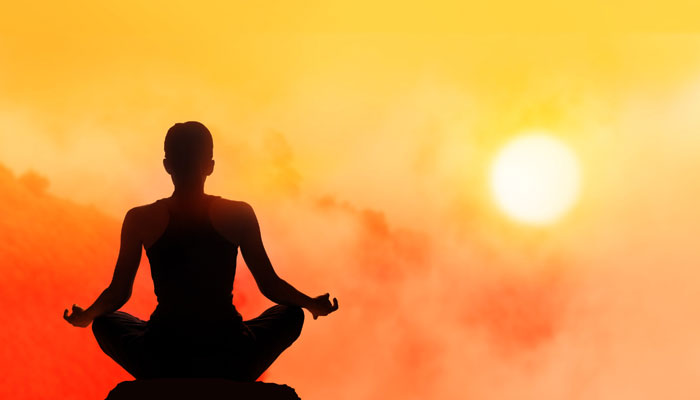

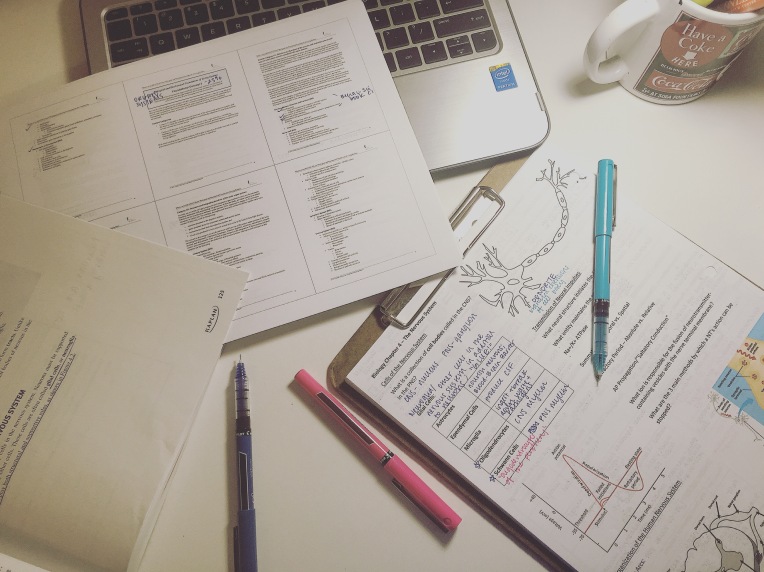
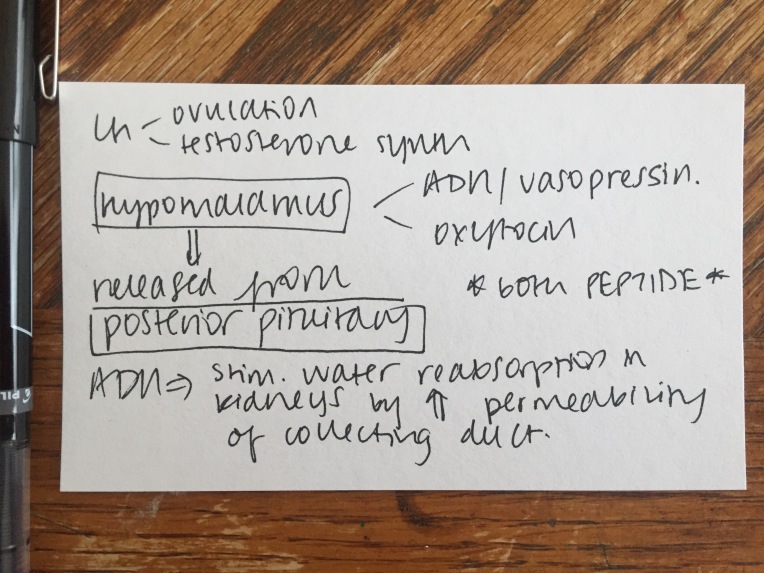
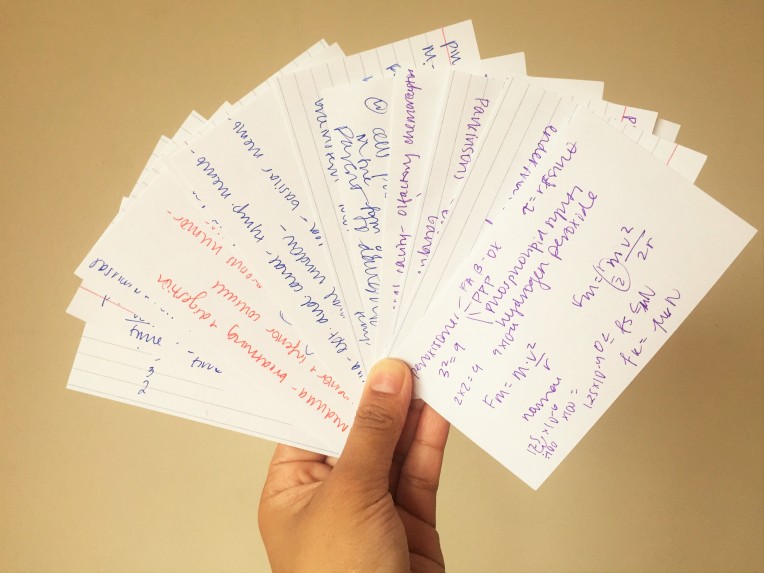
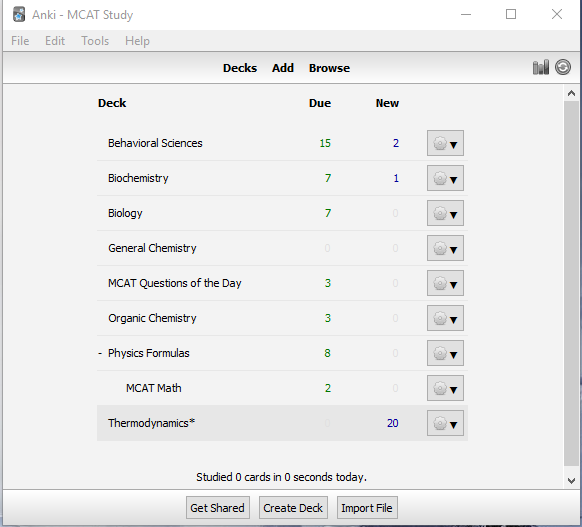
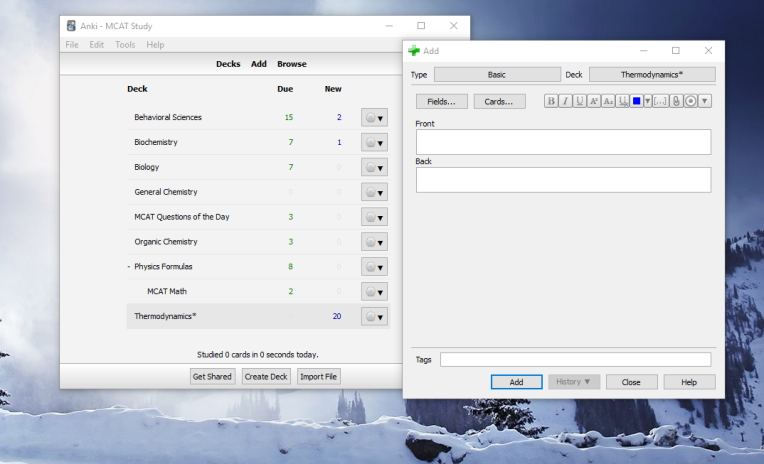 To create new cards, click the ADD button in between DECKS and BROWSE. From there, you can add to a new Deck or an existing Deck. You can even add images, audio, and video clips to the cards. I’ve found many tutorials on YouTube instructing users on how to create card loops and multiple cards from a single image. For now, I’m usually typing up practice discrete questions and regular formulas and facts I have to memorize.
To create new cards, click the ADD button in between DECKS and BROWSE. From there, you can add to a new Deck or an existing Deck. You can even add images, audio, and video clips to the cards. I’ve found many tutorials on YouTube instructing users on how to create card loops and multiple cards from a single image. For now, I’m usually typing up practice discrete questions and regular formulas and facts I have to memorize.